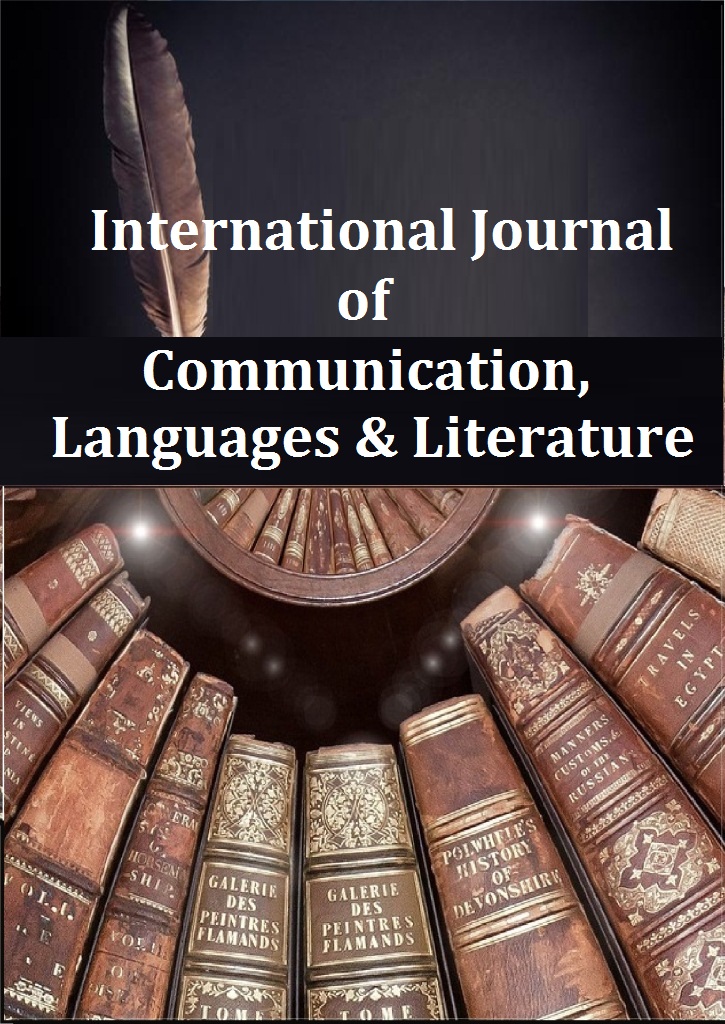The Mahabharata is divided into 18 parvas or books. The primary narrative follows the five sons of the deceased King Pandu (the Pandavas) and the 100 sons of blind King Dhritarashtra (the Kauravas), who opposed each other in war for possession of the ancestral Bharata kingdom on the Ganga river in north-central India. The principal figure in the epic is the god Krishna.
Although Krishna is related to both Pandu and Dhritarashtra, he is eager to see war occur between the two clans and considers Pandu's sons to be his human instruments for fulfilling that end. Leaders of both clans engage in a dice game, but the game is rigged in the Dhritarashtras' favor and the Pandu clan lose, agreeing to spend 13 years in exile.
When the period of exile ends and the Pandu clan return, they find that their rivals are unwilling to share power. As a result, war breaks out. After years of violent conflict, in which both sides commit numerous atrocities and many clan elders are killed, the Pandavas finally emerge the winners.
Key words: Kuru, Yudhishthira, Dhritarashtra, Pandu
